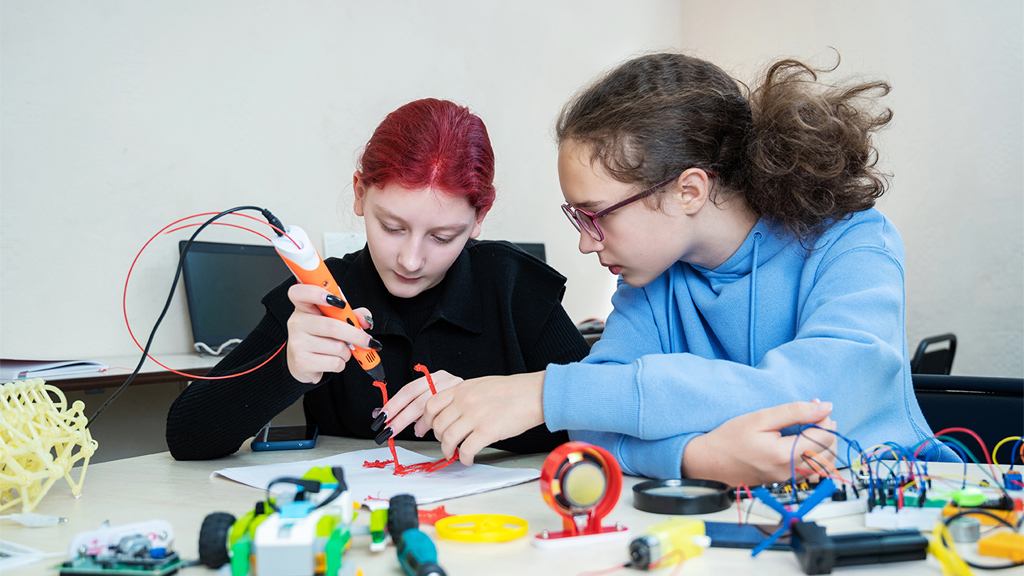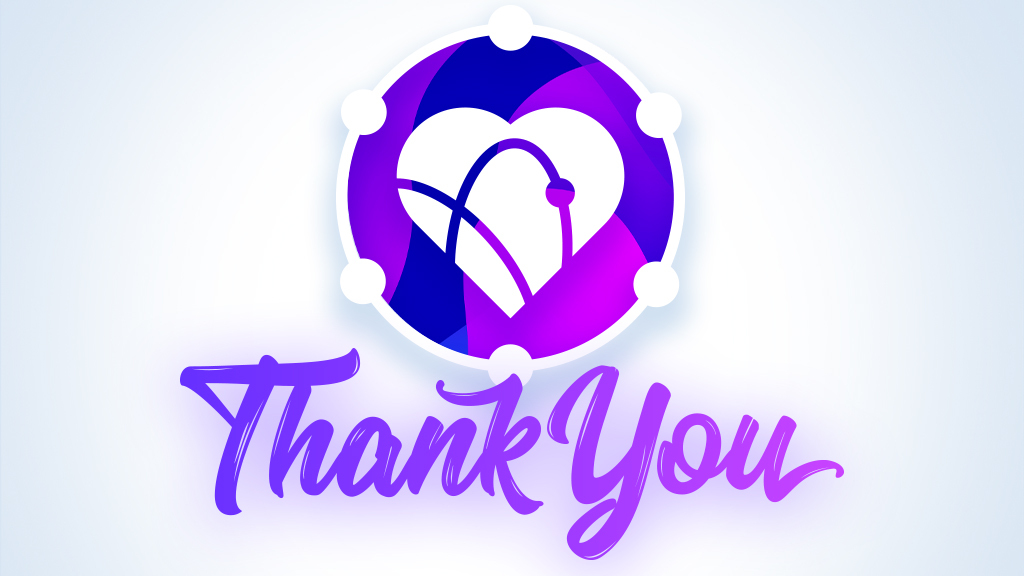Archive: Science Update: Do NASA Science LIVE! July 20, 2023
July 20th is the anniversary of the 1969 Moon landing, when American astronauts became the first humans to land on the moon. To celebrate this historic event, join us as we partner with SciStarter to share 21st century space science from NASA, including projects that we can all participate in! This event will kick off an occasional series of online events from SciStarter and NASA titled “Do NASA Science LIVE!” Learn more about the series at (SciStarter.org/NASA-LIVE).
July 20th is the anniversary of the 1969 Moon landing, when American astronauts became the first humans to land on the moon. To celebrate this historic event, join us as we partner with SciStarter to share 21st century space science from NASA, including projects that we can all participate in! This event will kick off an occasional series of online events from SciStarter and NASA titled “Do NASA Science LIVE!” Learn more about the series at (SciStarter.org/NASA-LIVE).
July 20th is the anniversary of the 1969 Moon landing, when American astronauts became the first humans to land on the moon. To celebrate this historic event, join us as we partner with SciStarter to share 21st century space science from NASA, including projects that we can all participate in! This event will kick off an occasional series of online events from SciStarter and NASA titled “Do NASA Science LIVE!” Learn more about the series at (SciStarter.org/NASA-LIVE).
July 20th is the anniversary of the 1969 Moon landing, when American astronauts became the first humans to land on the moon. To celebrate this historic event, join us as we partner with SciStarter to share 21st century space science from NASA, including projects that we can all participate in! This event will kick off an occasional series of online events from SciStarter and NASA titled “Do NASA Science LIVE!” Learn more about the series at (SciStarter.org/NASA-LIVE).








